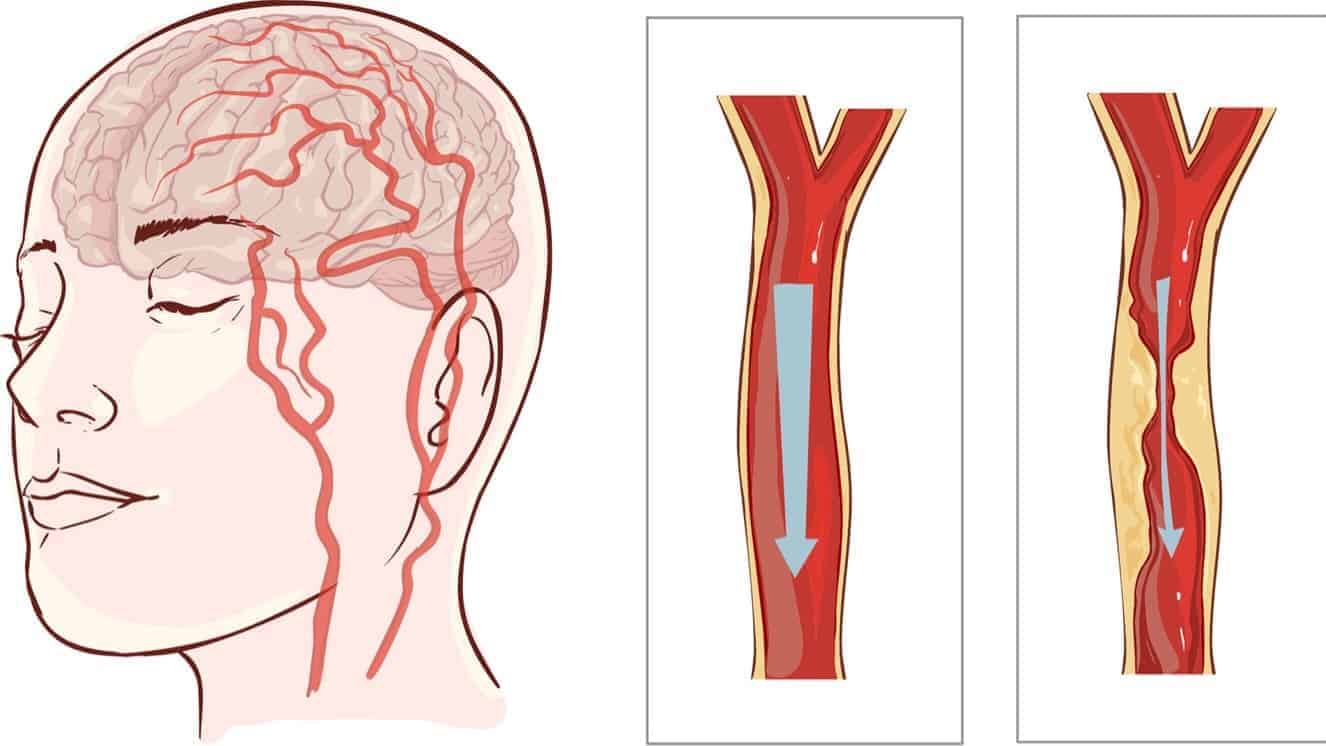Knowing the early signs of a heart attack or stroke can change your life. Literally.
“Of the 54 million deaths worldwide in 2015, more than half (54%) were due to the top 10 causes. Heart attack and stroke are the (leading causes), accounting for a combined 15 million deaths in 2015. These diseases have remained the leading causes of death globally in the last 15 years.” – The World Health Organization
Ischemic heart disease is a condition wherein narrowed arteries cause less blood oxygen to be delivered to the heart. Also known as coronary artery disease and coronary heart disease, ischemia (restriction of blood flow) to the heart can lead to a heart attack.
A stroke occurs when blood oxygen is cut off to one or various parts of the brain. Cells are deprived of oxygen and begin to die. This results in the loss of function controlled by the area(s) of the brain affected. Over 6 million people die of stroke every year, and an addition five million are permanently disabled.
Either condition can be caused by genetic predispositions and/or lifestyle choices. The former is an uncontrollable variable; the latter isn’t.
In this article, we discuss eight healthy habits that lower the risk of both heart attack and stroke. Even small changes can disproportionately tilt the odds in your favor.
Let’s get to it!
Here are 8 healthy habits that can prevent a heart attack or stroke:
1. Get 30 minutes of exercise every day
A half-hour of moderate exercise five days a week lowers the heart attack risk. Going for a brisk walk, jogging, swimming, or calisthenics are healthy choices. On the remaining two days, get in a light strength training session.
The thirty minutes of exercise can be done in one go or split up. Get ten to fifteen minutes for each session to keep your heart rate up if possible.
2. Don’t smoke
Did you predict this would be the next one? Good job, smarty!
On a serious note, smoking increases the risk of heart disease and stroke by 200-400 percent. Of course, that depends on both frequency (of smoking) and genetics. Secondhand smoke isn’t a victimless act, either.
People regularly exposed to secondhand smoke at home or work have a 25-30 percent higher chance of developing heart disease, and a 20-30 percent higher chance of having a stroke. Some states have realized the dangers of secondhand smoke and outlawed smoking in enclosed public areas.
3. Eat healthy to decrease the odds of heart attack or stroke
Every day, make it a point to eat a well-balanced diet. Treat yourself to a healthy mix of fruits, vegetables, whole grains, fish, and lean meats.
Limit your consumption of preservative-laden foods. Or at least, severely restrict them! Processed and prepared foods (often containing many preservatives) are often high in added sugars and sodium. So please limit these, as well.
4. Drink alcohol in moderation
A moderate amount of alcohol consumption can help your heart. Per the Centers for Disease Control and Prevention (CDC), moderate alcohol consumption is one drink per day for women and two for men.
Excessive drinking can lead to several health problems. You also raise the risk of acquiring hypertension, heart disease, and stroke.
5. Trim up a little to avoid heart attack or stroke
Many know they need to lose a little weight – and heart health might be the motivation you need. You needn’t become a marathon runner or triathlete to reduce your risk of health problems. The Obesity Action Coalition explains how even a five to ten percent weight loss can significantly decrease blood pressure, cholesterol, and diabetes.
6. Take any prescribed heart meds
We know. We don’t like the idea of prescription drugs, either. However, if a licensed physician prescribes meds to deal with a heart condition, take them.
If you have an issue taking your medications on time for whatever reason – cost, forgetfulness, or (especially) side effects, get some advice from your physician.
Those that don’t already should consider taking a daily Omega-3 supplement. Consisting of DHA and EHA properties, Omega-3 supplements are very heart-healthy.
7. Eat some dark chocolate
(Finally, something we can all get behind!)
Dark chocolate contains many antioxidants and other nutritional properties that protect your heart. Some advice: purchase chocolate products containing at least seventy percent cacao. Feel free to enjoy up to three squares of dark chocolate per day.
8. Watch for the symptoms of a stroke or heart attack
Three dangerous symptoms to watch out for are shortness of breath, chest pain, and numbness/tingling (usually on one side of the body.) So forget about waiting for these symptoms to go away. Get to the emergency room and get the care you need.
Try to ensure you’re scheduling a comprehensive physical examination at least once per year. As we age, we must each account for different health variables. Males and females have different health needs as well. A good doctor (look online or ask your friends) will know this when you visit for an examination.
Final Thoughts on Avoiding a Stroke or Heart Attack
The importance of maintaining heart and brain health cannot be overstated. Heart attacks and strokes are among the leading causes of death worldwide, yet they are also among the most preventable health issues. Adopting a proactive approach towards our health can significantly reduce the risk of these life-threatening events. It’s never too late to make changes that can profoundly impact our health. Each step taken towards a healthier lifestyle is a step away from the risk of a heart attack or stroke. Let’s embrace these changes as a means to avoid illness and an opportunity to enjoy a fuller, more vibrant life. Together, we can prioritize heart and brain health, ensuring a healthier future for ourselves and our loved ones.














 Community
Community

